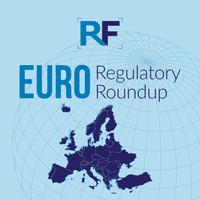The European Commission’s plan to reform pharmaceutical legislation could cause three fewer rare disease drugs to come to market each year, according to a report commissioned by pharma trade group EFPIA.
Dolon, a strategic pricing and market access consultancy that specializes in rare diseases, deployed risk-adjusted net present value (rNPV), a model used by drug developers to inform investment decisions, to analyze how changes to pricing, reimbursement and regulation may affect spending decisions at pharma companies.
In the report, Dolon revised a base case model it created in 2020 and assessed the impact of plans to introduce a cap on the validity of an orphan designation and change orphan market exclusivity.
The revised base case, which Dolon said better reflects the current economic picture for orphan drugs, suggests the investment case for rare disease R&D is more marginal than previously thought. Factoring in the planned pharma legislation reforms further weakens the case.
According to Dolon, shortening the exclusivity period for orphan drugs and putting a seven-year limit on the validity of orphan designations would decrease innovation based on European incentives by 12%. The Commission has estimated that the EU will approve 375 orphan drugs from 2020 to 2035. Based on that figure, Dolon calculated the reforms could cause 45 fewer rare disease therapies to come to market over the 15-year period…
















